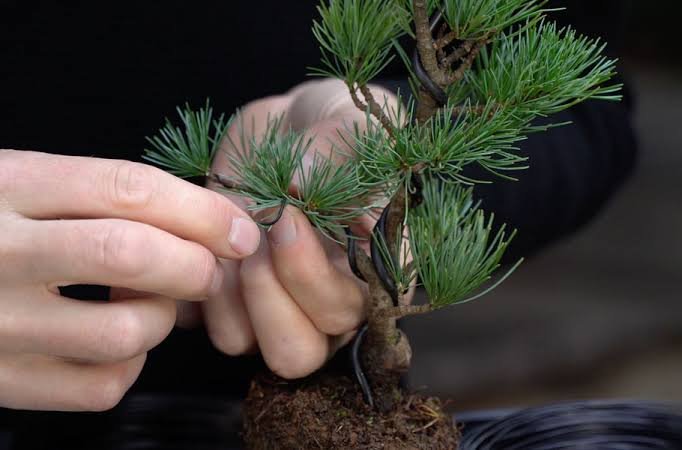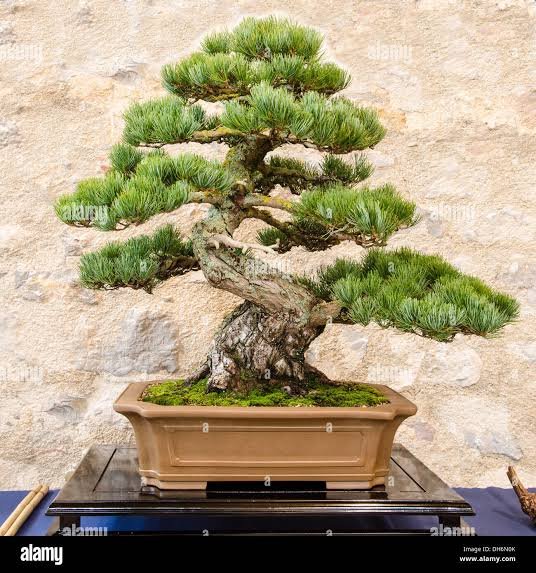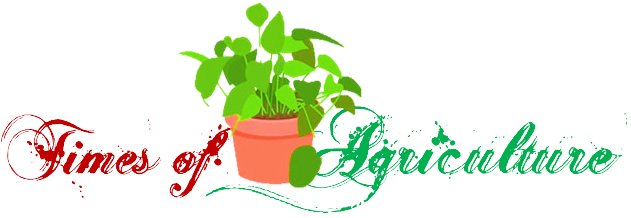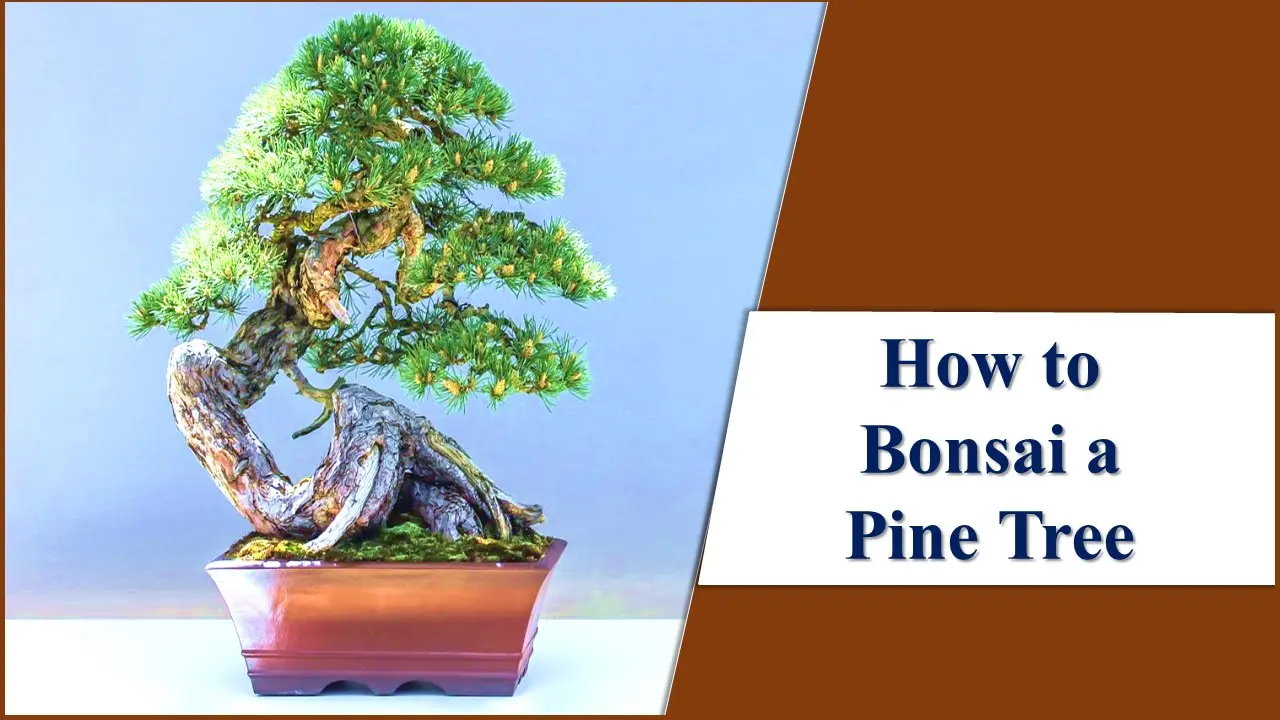How to Bonsai a Pine Tree: 2 Best Methods and Care
Pine trees are the aesthetics of mountains, and to bring the miniature of this aesthetic inside your home, let’s dwell on how to Bonsai a Pine tree.
Making a Bonsai Pine Tree is not for beginners. The art of Bonsai originated in ancient Japan and is considered an item of home luxury. The smallest known bonsai is as small as a man’s palm and the oldest bonsai is a Ficus Retusa Linn, found in the Crespi Bonsai Museum in Italy, that is around a thousand years old. A bonsai tree symbolises harmony, balance, peace, and good luck. However, some practitioners of feng shui prefer to use money plants for good luck in the home.
The idea of this art is to mimic the huge trees into small pots for ornamentals. The Bonsai Pine Tree is well priced in the market but the art is very subtle. The pine tree is one of the hardest trees to mould or prune into Bonsai. It takes years of practice to create a well-priced decorative bonsai, and once it is created, the care also needs an expert.
In this article, we will learn how to bonsai a Pine Tree, what care it needs, and all the other factors considered.
How to Bonsai a Propagate Pine Tree
Bonsai Pine tree can be made out of a cutting of any desired Pine tree, but to convert it into one of those miniatures takes years. Styling pine tree bonsai is more tedious than growing the tree itself.
Method 1: How to Make Bonsai Tree From a Pine Branch
Follow these steps to Bonsai a Pine Tree:
- Cut a 3-4 inches long cutting from a healthy Pine tree of your choice, make sure the cut is made at a 45 Degrees angle. Pine tree cutting should be treated well before continuing to further steps.
- Place the cutting into one-inch deep soil, in the well-prepared potting mixture with good drainage properties.
- Keep the pot in a place that receives maximum hours of sunlight and a little shade.
- The root will start developing in around three weeks, until then keep the soil moist.
- Once the plant is established it might need pruning in the initial stages. Wiring of cuttings must be done to style the bonsai.

Method 2: How to Grow a Pine Bonsai Tree from Seed
In Japanese this method is called ‘Misho’, it is said that growing a Bonsai from seed is the only right way of doing it. But this method requires ample patience, as it takes around three years before the shaping of bonsai from the seedlings can be done. However, it is advantageous as the planter will have more control over the bonsai if it is grown from seed. One doesn’t have to prune out the thick stems as we do in bonsai grown from cuttings.
- Choose the seed: It is better to grow the seed from the local area as they are adapted for the same region. But if you want to grow some foreign species, stratification must be done in those seeds, it is a process to stimulate its growth. The seed is available online and in local areas these can be found during Autumn.
- Sow the seed: The seed could be sown in autumn which will germinate in the same season. Autumn is the right scheduled time to grow the seeds. The seeds should be sown in the right soil mixture in the right pot.
- Grow the seed in an area that receives adequate sunlight and provides enough moisture in the pot.
- It will take years when the plant will be able to be styled.

How to Care For Bonsai a Pine Tree : Characteristics and Requirements
Light
To Bonsai a Pine tree, full sunlight hours is a necessity, at least around 4-6 hours. The more sunlight the plant receives, the more compact and bonsai the plant will be, it will have shorter and narrower needles. If the needles appear elongated, it means the plant needs more sunlight hours.
Soil
Bonsai pine trees are susceptible to waterlogged conditions, therefore a pot with good drainage property should be used. The soil mixture should be well prepared, a good mixture of compost, akadama(Japanese clay mix), pumice, perlite and silt is preferred. These mixes are commercially available in the market. A slightly acidic pH between 5.5-6.5 is best for the soil.
Water
Though the Bonsai Pine Tree is susceptible to waterlogging, it still requires a moist environment. Only water the plant when the upper three inches of soil becomes completely dry. The yellowing of needles also indicates the over-watering of plants.
Temperature and Humidity
Pine tree is naturally a hardy tree(temperate climate tree from hardiness zones 7 to 9), it can tolerate most of the climatic fluctuations. But it can’t thrive in indoor conditions so it is best to grow Bonsai Pine in outdoor conditions. Pine is also frost- tolerant but in winter the pot should be placed in a shady area to protect it from the worst winter weather. (Snow, hailstorms, etc). A temperature lower than 45°F is extremely harmful to the plant, so the plant will need more attention during the winter.
The Bonsai Pine tree is a moisture-loving tree, so it’s best to provide an appropriate amount of moisture to the plant. One can also use a mistifier to do the same. A pebble tray with some water in it can also help in maintaining moisture. To prevent dryness, never put the plant pot near the vent.
Fertilizer Requirements
The best time to provide fertiliser is from early spring to late autumn. It is suggested that the Bonsai Pine Tree must be fertilized mildly with Green Dragon or any organic fertilizer every once or twice a month and avoid nitrogen-rich fertilizer. Use only required and recommended dosages. Over Dosage of fertilizer can cause burning of roots and stress to the plant. Always water your plant before providing fertilizer to it and never fertilize weak and freshly potted plants.
Insect and Diseases
Bonsai Pine Tree is susceptible to many pests like aphids, spider mites, scale, and caterpillars, along with diseases such as root rot, which is caused by over-watering. Sometimes Aphids like insects invite diseases as well, as they release honeydew which attracts moulds.
To control pests like aphids, mites and scale, an organic mixture of white oil can be effective which clogs the pores that are used by scale to breathe. The spray of systemic insecticides like 15 g/L Imidacloprid can be useful as well. It can also be used to drench the soil to prevent infestation. Neem oil can also be used to avoid the pest infestation.
Yellow bands on the needles indicate the presence of a fungal disease. If the plant is infested with borer, then it’s more likely that the plant won’t survive. Pruning also causes wounds which leads to disease infestation. It can be prevented if the wound is covered with fungicides like Chaubatia Paste or Bordeaux mixture.
There are many methods to control diseases and pests, but bonsai experts suggest that using any organic technique to prevent them is better than using synthetic chemicals.


Wiring in Bonsai a Pine Tree
For the repositioning of Bonsai branches and structuring them in a way so that the plant could support itself and provide a desired shape, a wire is wrapped around the whole structure. For proper wiring for Bonsai a Pine Tree, one should have a complete knowledge of the pine species they want to grow. It’s important to know how many times the plant flushes in a year and when to do candling. It is done from late autumn to early spring. Wiring also allows the right distribution of energy in the plant but too many wirings in the first trial is not an ideal process.

How to Prune in Bonsai a Pine Tree
Pruning is a necessary process to Bonsai a Pine Tree and to provide it with the desired structure. To conduct the right way of pruning, knowledge of natural plant growth patterns should be known. The main branch of the plant grows more dominantly than the other branches. For Bonsai a Pine Tree aesthetics, removal of outer and top branches should be done to restrict the disproportionate and upward growth of the plants and promote inner and downward growth. Based on motives pruning is of three types:
Maintenance Pruning: For Styling and Maintenance
Naturally, the tree growth is distributed as such for upper and outer growth, but to maintain the shape of the plant, pruning in those areas is recommended. But unlike other plants, Pine Bonsai Tree should not be pruned with tools like scissors, cutters or blades and no cuttings as it leads to brown and dead ends. Instead, pinching should be done. Remove the branch from the weakest part by holding its tip in between your thumb and index finger, then pull it outwards. When asked how to trim a pine bonsai tree, the answer is simple, follow the Maintenance pruning that could be done all year round.
Defoliation: To Increase Ramification in Bonsai a Pine Tree
Pine needles usually tend to grow bigger as they age, which is not a required trait of a Bonsai. To decrease the size of pine needles continuously remove the leaves in the right proportion eventually the plant tends to grow smaller leaves and Ramifications. It is said that a healthy bonsai tree can cope with up to ⅓ of defoliation.
Structural Bonsai Pruning: For Shaping of Plant
Removal of bigger stems is a necessary process to maintain the proportion and structure in Bonsai a Pine aTree. It must be done only after careful observation as it is an irreversible process. Though cutting of bigger stems leaves bigger scars, to minimise it one should use the concave cutter, and the scar should be covered with chaubatia paste or other fungicides to reduce the incidence of fungal attack. Experts advise that if structural pruning is done this spring, then the next repotting or root cutting should be done in next spring only, just to provide a good recovery time for the plant.
Types of Bonsai Pine Tree
How to Bonsai a Christmas Pine Tree
Christmas pine bonsai trees are also suitable for indoor planting. And it is a good method to save the trees from cutting down each year during Christmas. Follow the above mentioned conditions and given information to do so.
| Flushing | Double |
| Time of Wiring | Late winter |
| Temperature | Minimum:10-12°C |
| Soil | Slightly Acidic |
| Fertilizer | Urea, ammonium Sulphate and Calcium Nitrate can be used. |

How to Grow a Black Pine Bonsai Tree
Black Pine Bonsai are one of the most aesthetic and dense pine trees that could be used for making bonsai. It is one of the hardest one to bonsai a Pine Tree.
| Scientific Name | Pinus thunbergii |
| Time of wiring | November( in bigger than 4-5 inches buds) |
| Flushing | double-flush pine |
| Temperature | Require full day sunlight. |
| Watering | During second flushing protects the plant from heavy rainfall because heavy water will lead to the growth of longer needles. |
| Soil | Slightly Acidic pH (5.6) |
| Fertilizer | *All year round *Solid organic fertilizer should be applied at least three times at intervals of 4 weeks before demand. *Stop fertilizing until the secondary candle growth has hardened. |
| Seed Propagation | Takes 10 years for branching. |

How to Bonsai a White Pine Tree/Five-needle Pine Tree
| Scientific Name | Pinus parviflora |
| Flushing | Single-flush Pine. |
| Time of wiring | Wire the pines from early autumn to early spring, or just after candles are shortened in early to mid-summer. |
| Temperature | *It should remain outside all year long and require less sunny hours than other bonsai pine trees. *Can’t thrive in less than 10°C. |
| Watering | Carefully water the plant as white pine is extra sensitive to waterlogging. |
| Soil | Slightly Acidic(5.5-6.5) |
| Fertilizer | Spray every 1-2 months during the growing season. |

How to Grow a Jack Pine Bonsai Tree
The Jack Pine Bonsai Tree is most beneficial for beginners and there are around seventy-five species of this plant that could be used for making bonsai.
| Scientific name | Pinus banksiana |
| Flushing | Single-flush Pine |
| Repotting | It should take place every five years or every other year |
| Temperature | An abundance of light and avoid shady spots. |
| Soil | 50% of sand, equal parts pumice, akadama and lava rock along with ½ less of equal parts decomposed granite and charcoal. |
| Fertilizer | Restrain from fertilization during the winter season and it is beneficial to fertilize during the autumn season. |
| Pruning and Training | Only once a year |

Also Read:
Conclusion
Bonsai is one of the oldest art that has high value in the modern gardening world, but making a bonsai is not easy, it requires patience and knowledge. Through this article, now know how to bonsai a pine tree, its requirements and care. You can also choose the type of pine that would be suitable for your bonsai aesthetics. One must take care of all the factors affecting the growth of plants. It might take years to master the art of bonsai but once it is learned it can become a good income producer.

